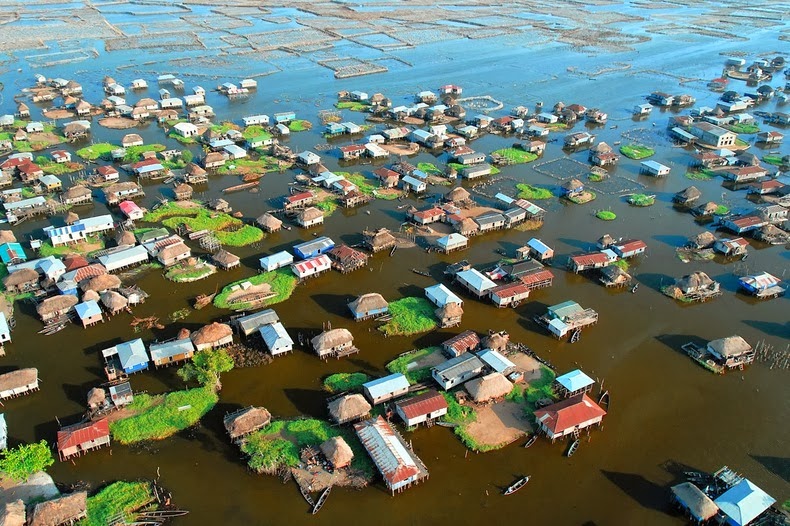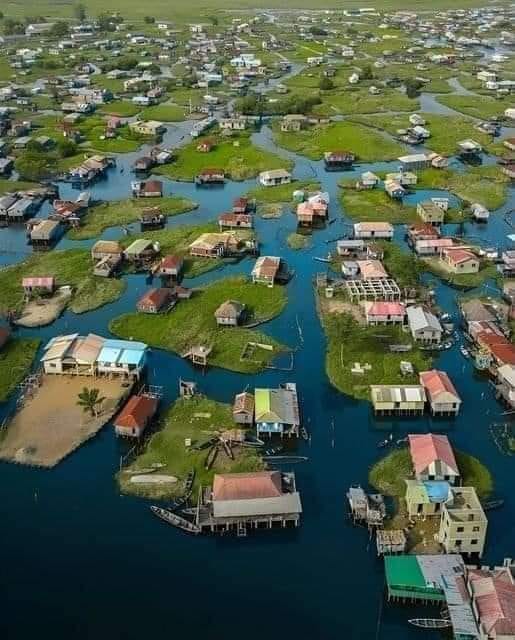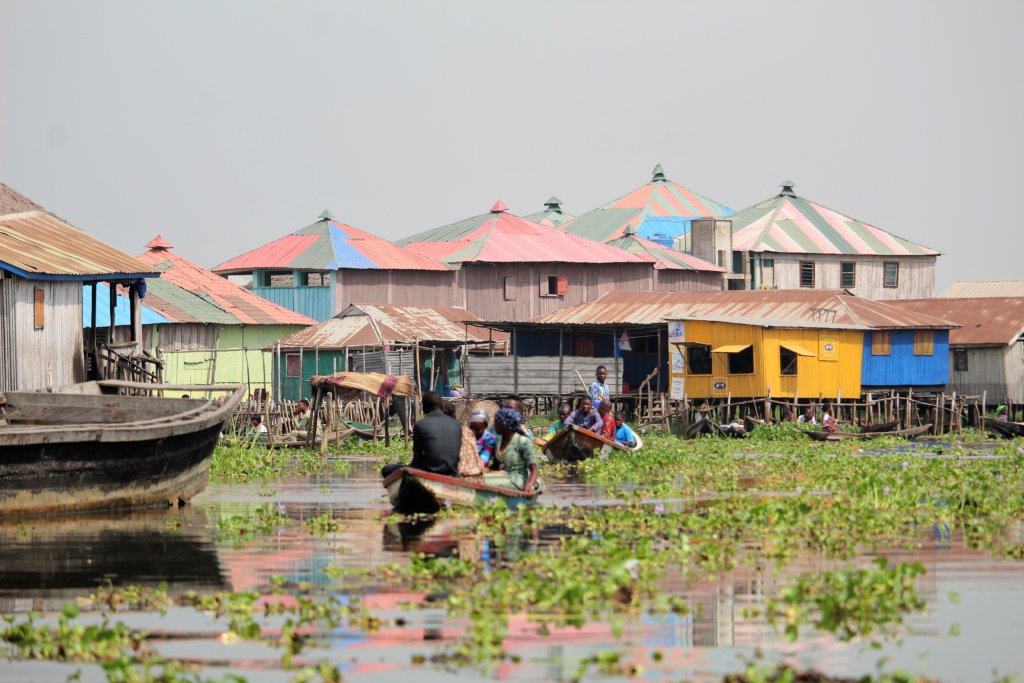Ganvié: The Massive Stilt Village Where Freedom Was Built on Water

Ganvié, the massive stilt village on Lake Nokoué in Benin, is not only an architectural marvel but a powerful, living monument to human resilience. The village is home to more than 20,000 people, primarily of the Tofinu ethnic group.
History of Survival: When Religion Became a Shield
Ganvié was founded in the 17th century as the Tofinu people sought escape from aggressive slave traders, notably those from the Fon Kingdom. They chose Lake Nokoué for refuge because they knew the Fon attackers held religious taboos that prevented them from pursuing people onto the water.
By building their entire existence—houses, schools, markets, and churches—on wooden stilts driven deep into the lakebed, the Tofinu created an impenetrable fortress, securing survival and liberty for future generations.
A Thriving Society on the Waves
The floating architecture is the core of Ganvié’s identity. Transportation is dominated by wooden canoes, or “pirogues,” which locals paddle between homes and to the bustling floating market where goods are traded.
Central to Ganvié’s economy is fishing, particularly the specialized technique of fish farming in underwater corrals perfected by the community over centuries. This ingenuity in utilizing their watery environment has allowed them to create a thriving society right on the lake.
With its rich cultural heritage and profound historical significance, Ganvié has been recognized by UNESCO. The village continues to draw global visitors, fascinated by its unique history and the resourcefulness of a community that turned the circumstance of being hunted into a thriving identity.











